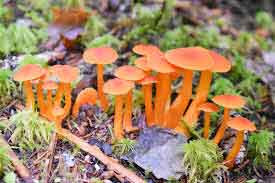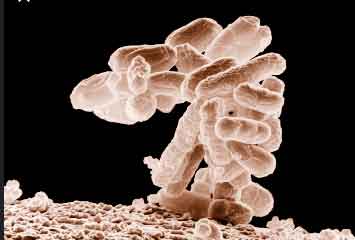Hepatitis: Types, Causes, Symptoms and Prevention
Hepatitis is actually the inflammatory condition of the liver. The word “hepatitis” is derived from the Greek word ‘hepar’ and Latin word ‘itis’. In this case, ‘hepar’ means liver and ‘itis’ means inflammation. It is generally caused by a viral infection but other possible causes are available including autoimmune hepatitis and it also occurs as … Read more




